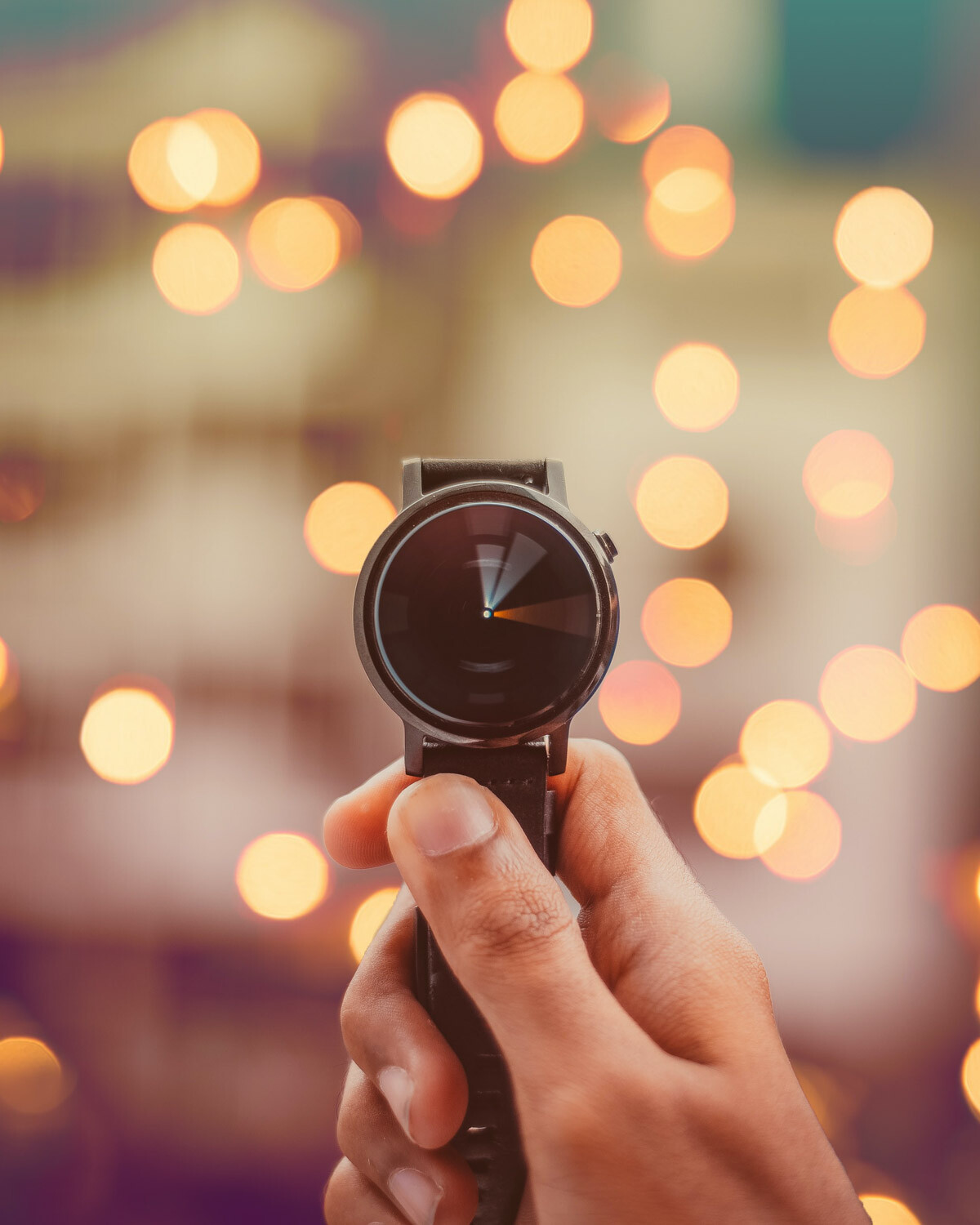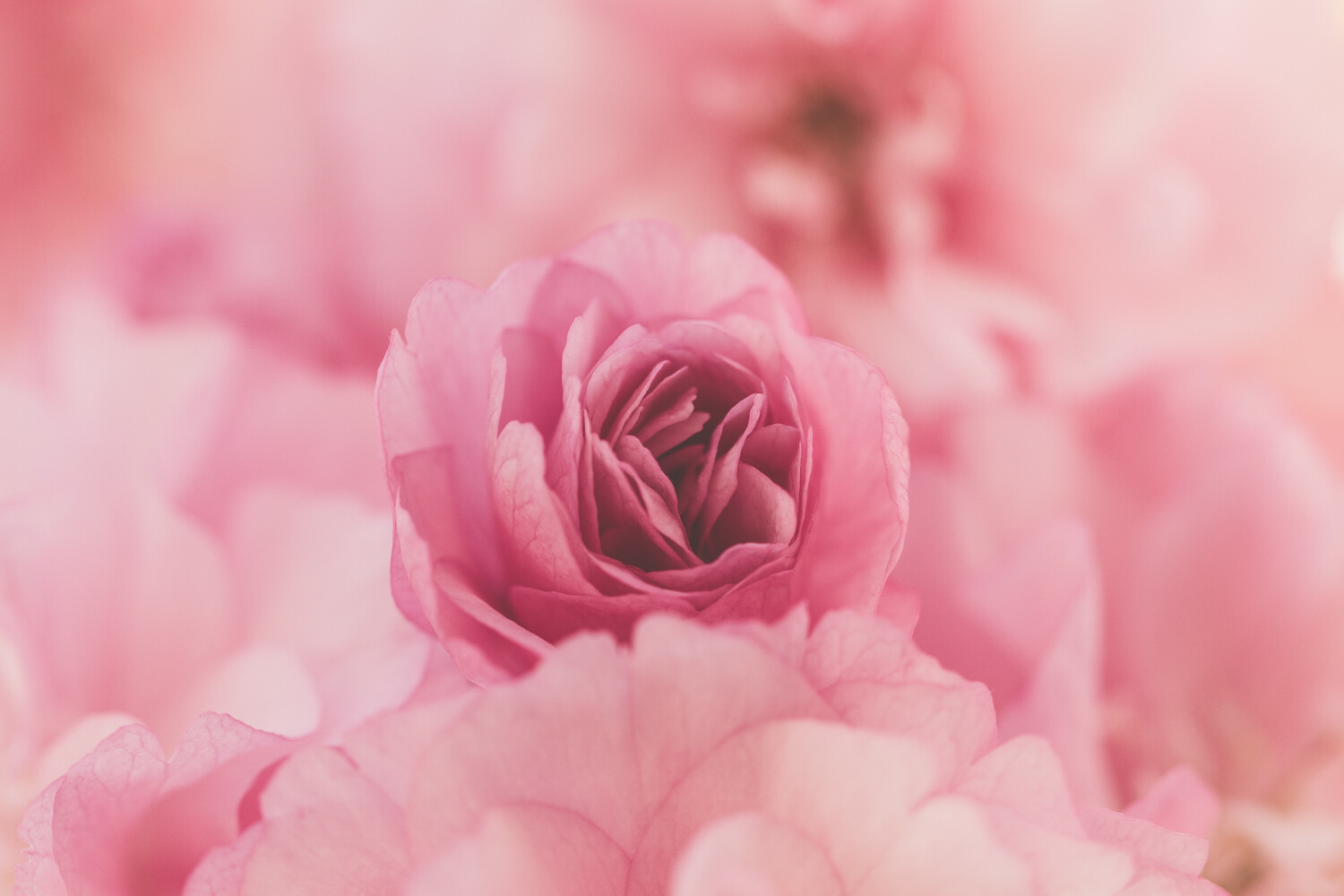The post How to Blur the Background in Photoshop: Step-By-Step Guide appeared first on Digital Photography School. It was authored by Megan Kennedy.

Do you want to know how to blur the background in Photoshop? While it’s generally best to create a shallow depth of field effect in camera, there are ways to create a realistic blur in Photoshop.
In this article, I’ll share two easy methods to produce a Photoshop blur effect, and I’ll also discuss when and why you should think about blurring the background in the first place.
Let’s get started.
How to blur the background in Photoshop: Field Blur
Photoshop’s Field Blur filter allows you to place pins on an image, which will introduce a blurred background effect.
To begin, open an image in Photoshop. For this example, I’m using a starter image with a relatively even degree of sharpness. The image also has room for significant foreground and background blur, so with the right tools, the effect should look very realistic.

Step 1: Convert the layer to a Smart Object
First things first:
Before you create any blur, convert the Background layer to a Smart Object. In a moment, you’ll be applying a Field Blur filter – and if your layer begins as a Smart Object, you’ll be able to adjust your blur filter at any time (long after it’s been added to the image).
So right-click on the Background layer (in the Layers panel) and select Convert to Smart Object:

The layer name will change from Background to Layer 0. The Smart Object icon will also appear in the bottom right corner of the layer’s thumbnail preview:

Step 2: Add the Field Blur filter
With Layer 0 selected, click the Filter menu, select Blur Gallery, and then Field Blur.
The Field Blur window will open, and you’ll see an initial pin positioned in the center of your image, creating a uniform blurred effect.
To start customizing the blur, reposition the initial pin by dragging it around the image. Also, by dragging the outer ring clockwise and counterclockwise, you can increase or decrease the intensity of the effect.

To build up the Field Blur effect in the background of a photograph, you’ll likely need more than one pin. In the Field Blur window, position your cursor over an area in the image and click once; this will add a new pin.
Then move the pin and/or adjust the intensity of the blur accordingly. To maintain sharpness in the foreground, place a pin over a foreground subject or zone and set the blur to 0.
(Note: You can delete pins by selecting them with the mouse and hitting the Delete key.)
As you work with the Field Blur filter, Photoshop will automatically assess the space between each pin to create an even result. In the example below, the difference in blur between the foreground pin (with the blur set to 0) and the background pin (with the blur set to 25) is blended to create a smooth effect that transitions across the entirety of the image.
However, some images will require more pins than others (depending on your desired outcome), so don’t be afraid to experiment a little.

Also, the Filter Gallery screen does contain a few extra adjustment panels, including Bokeh sliders and a Blur slider. The Bokeh effect is a little hit and miss, but it can be used to enhance the appearance of points of light, while the Blur slider works the same as adjusting Blur on a pin. And noise can be adjusted through the use of sliders on the Noise tab.

Once you are happy with the Field Blur effect, click OK. To make additional adjustments to the filter at a later time, simply double-click on the Blur Gallery effect in the Layers panel. The Field Blur window will open again, and you’ll be able to add further refinement.
Here’s my result:

How to blur the background in Photoshop: Iris Blur
The Iris Blur filter is another tool included in Photoshop’s Blur Gallery. It enables the selective blurring of an image, and it offers a more customizable range of depth of field controls compared to Field Blur.
Step 1: Convert the layer to a Smart Object
As with the Field Blur effect discussed above, start by opening your image in Photoshop and converting it to a Smart Object.
First, right-click on the image layer and select Convert to Smart Object. The name of the layer will change from Background to Layer 0, and a Smart Object icon will appear in the bottom right corner of the layer’s thumbnail preview.
Here’s the image I plan to blur; it has a bit of background blur already, but we can make it more impactful with the Iris Blur filter:

Step 2: Apply the Iris Blur filter
With Layer 0 selected, click on Filter>Blur Gallery>Iris Blur.
The Iris Blur window will open, and the first Iris Blur pin will be positioned in the center of your image.
You’re free to reposition the Iris Blur by dragging the pin. You also have a number of options for customizing the effect; by carefully manipulating the various handles surrounding the central pin, you can introduce a realistic background blur. I’ve labeled the handles below:

And here are the corresponding effects:
- A = Roundness Adjustment. Dragging makes the blur shape either circular or square.
- B = Blur Ring. Controls the degree of blur applied to the image.
- C = Feather Points. Dragging adjusts where the blur effect begins.
- D = Ellipse Handle. Dragging makes the ellipse rounder or more oval in shape.
As with Field Blur, multiple Iris Blur pins can be placed on the image to exaggerate or limit the spread of the blur effects. However, unlike Field Blur, the amendments made to each Iris Blur pin are global, so every pin’s blur level is adjusted to match the active pin.
To customize the blur of an individual pin, adjust the Focus dropdown slider located at the top left of the Blur Gallery window:

When you are finished, click OK. If you want to go back and edit any Iris Blur effects later, double click on the Blur Gallery filter layer (beneath the main image layer) in the Layer Panel. The Iris Blur window will open, allowing you to rework your edits.
Here’s a slightly exaggerated example of the results obtained with Iris Blur:

When is blurring the background a good idea?
The Field and Iris Blur filters are simple and impactful Photoshop tools. But when should you use them to blur the background in Photoshop, and when should you leave the background as-is?
You might want to use Iris or Field Blur if…
- you want to draw attention to a subject;
- you want to delineate between a foreground and background;
- you want to convey depth;
- you want to create an abstract effect.
Of course, there are plenty of other times when a Photoshop blur effect will do the trick. In general, look for images that feature a strong subject and/or exhibit a degree of open space or perspective that helps differentiate between foreground and background. You might even select an image already exhibiting a moderate amount of blur and enhance the effect in Photoshop.
How to blur the background in Photoshop: conclusion
Now that you’ve finished this article, you should be able to produce a realistic background blur using Photoshop.
Of course, it’s generally best to create blur using in-camera effects (e.g., a wide aperture for a shallow depth of field). But the Iris Blur and Field Blur filters offer a simple and effective way to create beautiful effects in post-processing.
So experiment with the Blur filters. Test out different effects. And your photos are bound to turn out great!
Now over to you:
Do you have any tips for blurring the background in Photoshop? Do you have a favorite background blur method? Share your thoughts in the comments below!
The post How to Blur the Background in Photoshop: Step-By-Step Guide appeared first on Digital Photography School. It was authored by Megan Kennedy.





















































































You must be logged in to post a comment.